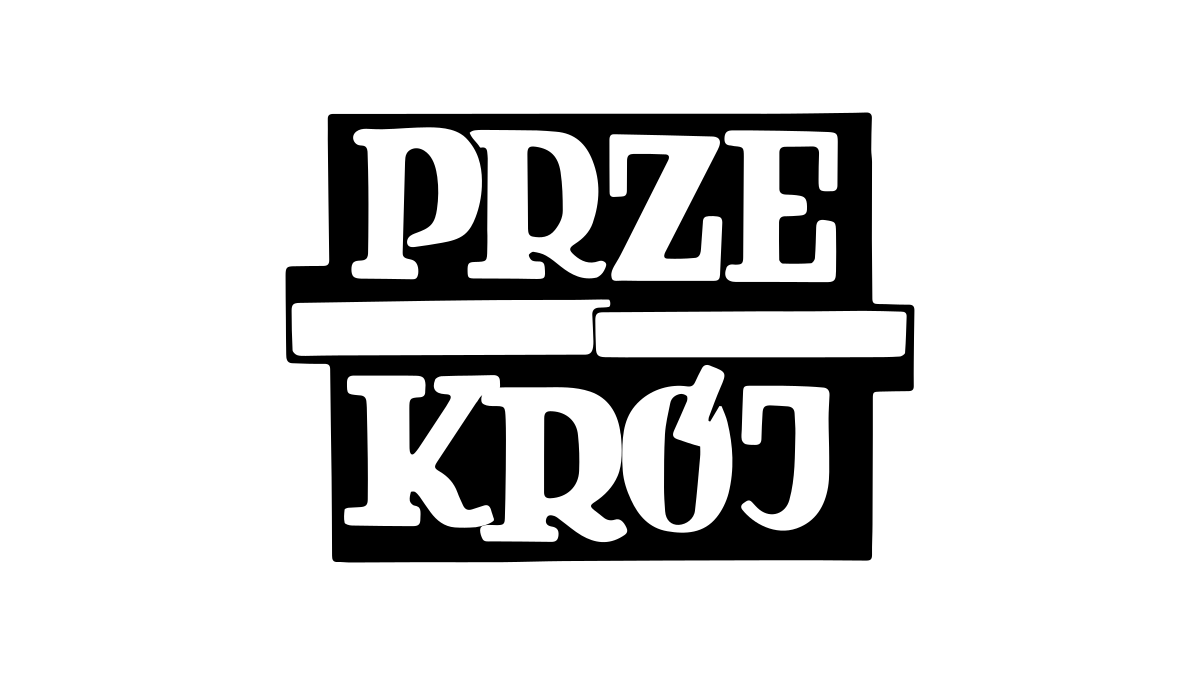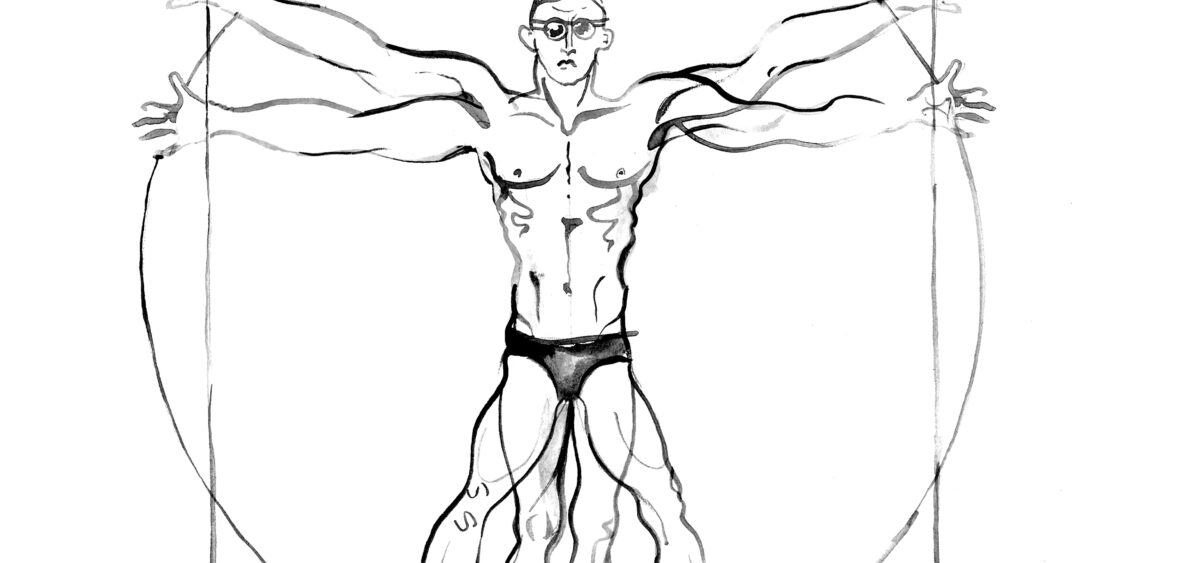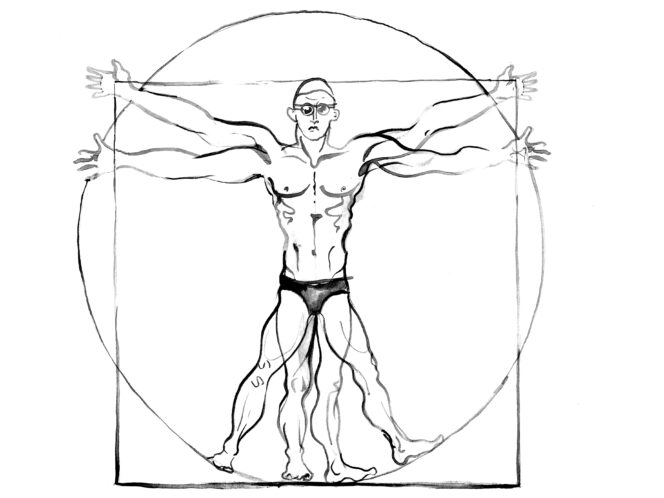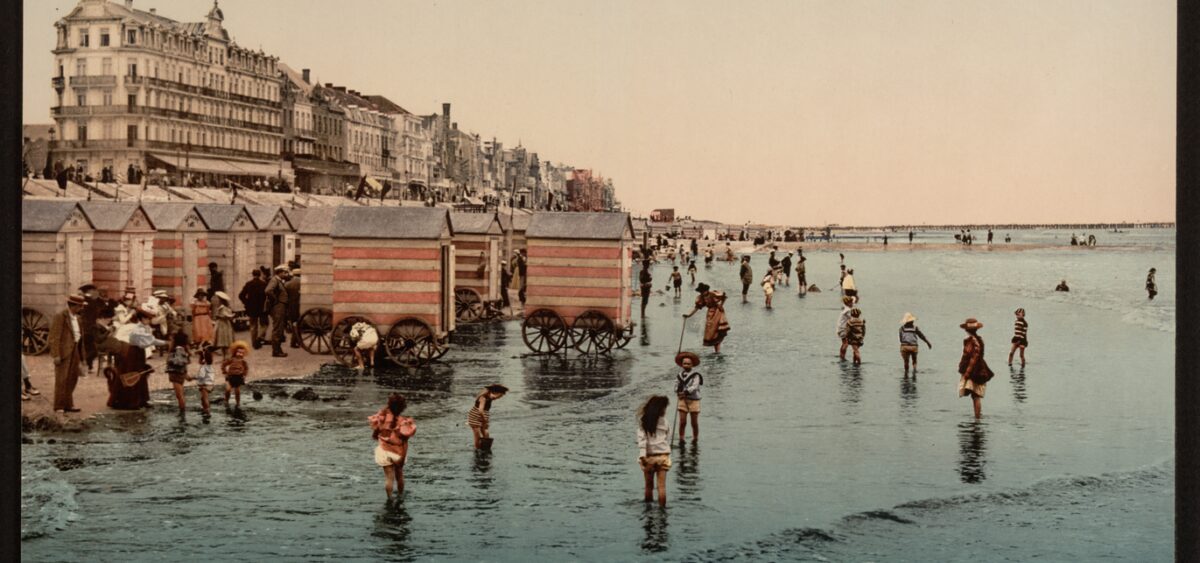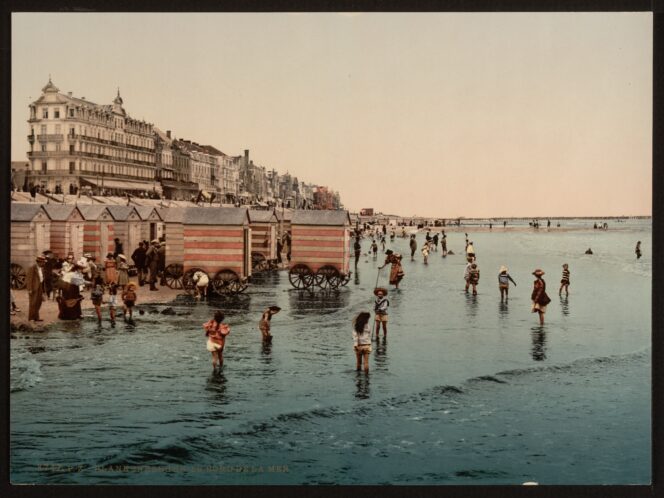
One can be in Olympic form and simultaneously be completely out of sorts. The story of the swimmer Michael Phelps is full of surprising twists and turns.
“There were days when I felt that my greatest achievement was just getting out of bed. Compared to this, winning gold medals was easy. Depression was beating me. In the end, I understood that I had to seek professional help. That I had to start talking, to beat this illness,” said Michael Phelps in 2018, during a conference about his mental health. He was speaking to an audience of specialists.
The audience looked at the tall, slender speaker, clothed in a light blue shirt and navy suit. In front of them stood the most titled Olympian of all time. The man who tamed the water. Winner of 28 Olympic medals, 23 of which were gold. Born in Baltimore, the swimmer whose individual medal record beats that of entire countries such as Nigeria, Portugal, Chile and Morocco. Jamaica, the world power in sprinting, has one less medal than Phelps. The Argentinians have two medals less than him after 120 years of competition. The Soviet gymnast, Larisa Latynina, who was competing in the 1950s and 1960s, holds second place on the medal table. She won 10 medals less (nine golds, five silver and four bronze). The most decorated sportsperson from Poland is Irena Szewińska, who holds seven Olympic medals; 21 less than the American swimmer.
Phelps had received all the honours; during the opening ceremony of his last Olympic games in Rio de Janeiro in 2016, he carried the American flag. Swimming World magazine crowned him best swimmer of the year eight times. He was twice declared sportsman of the year by the Italian daily La Gazzetta dello Sport; and the American Sports Illustrated awarded him the same honour once. In 2004, one of the streets of his home city, Baltimore, was named after him. During the height of his glory, he had lucrative sponsorship contracts that brought in $12 million a year. On top of this, there was prize money and grants. Phelps’s net worth today
